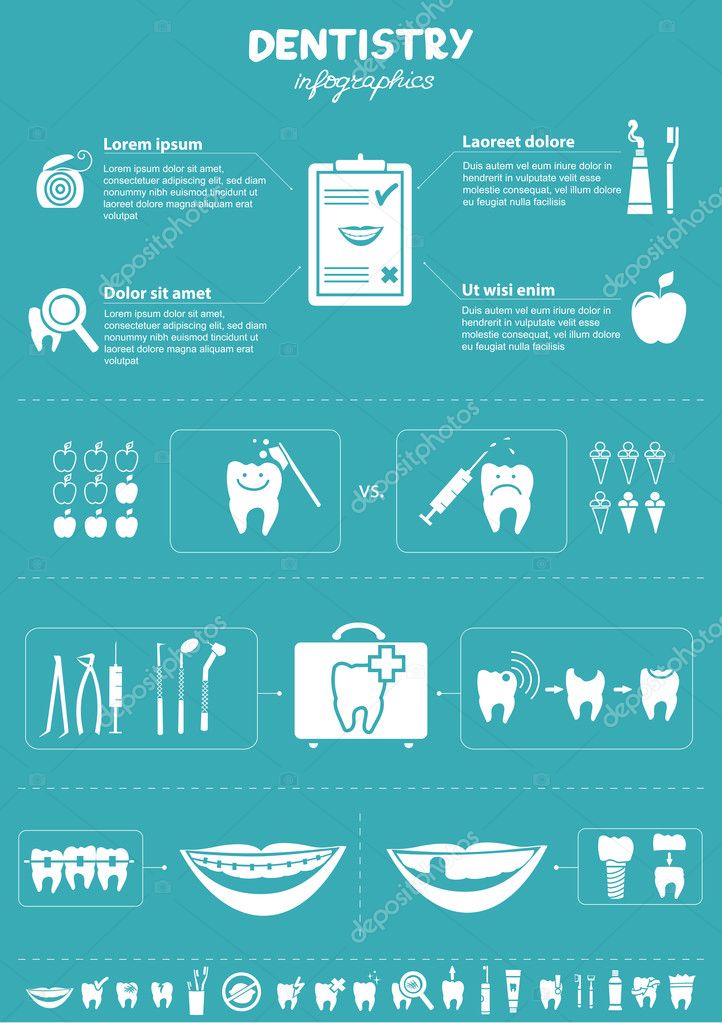Discover The Groundbreaking Developments Transforming Oral Surgery. Explore The Future Of The Field And Stay Successful. Click Currently For A Glimpse Right Into Tomorrow!
Discover The Groundbreaking Developments Transforming Oral Surgery. Explore The Future Of The Field And Stay Successful. Click Currently For A Glimpse Right Into Tomorrow!
Blog Article
Read More Listed here Developed By-Bendixen Jonasson
Welcome to the world of dental surgery, where advancements and advancements are shaping the future of the field! In this interesting realm, you'll witness the transformative power of robotics, the innovative marvel of 3D printing, and the game-changing influence of minimally intrusive strategies.
The future of oral surgery holds an assurance of precision, effectiveness, and enhanced patient outcomes. With be more dental of sophisticated robotics, doctors have the ability to do complex procedures with better accuracy and control.
3D printing technology is revolutionizing the production of oral implants and prosthetics, providing customized options that fit flawlessly right into each patient's one-of-a-kind makeup.
Furthermore, minimally intrusive techniques are reducing post-operative pain and recovery time, enabling individuals to go back to their daily lives quicker.
Prepare to discover the exciting innovations and advances that are reshaping the landscape of dental surgery!
Advancements in Robotics
One major development in dental surgery is the use of robotic innovation, which enables exact and efficient surgical procedures. With the help of robot systems, oral specialists have the capacity to execute complicated surgeries with boosted accuracy, lessening the risk of human error.
These robotic systems are equipped with sophisticated imaging modern technology and precise tools that allow cosmetic surgeons to navigate with complex physiological frameworks with ease. By using robot innovation, specialists can attain greater medical accuracy, causing enhanced patient results and faster healing times.
Additionally, the use of robotics in oral surgery allows for minimally intrusive procedures, reducing the trauma to surrounding cells and promoting faster healing.
3D Printing in Dental Surgery
To boost the area of dental surgery, you can explore the subtopic of 3D printing in dental surgery. This cutting-edge innovation has the prospective to change the way oral doctors operate and treat patients. Here are four key methods which 3D printing is shaping the field:
- ** Personalized Surgical Guides **: 3D printing allows for the development of very precise and patient-specific surgical guides, enhancing the accuracy and performance of procedures.
- ** Implant Prosthetics **: With 3D printing, dental doctors can develop tailored implant prosthetics that flawlessly fit a client's one-of-a-kind anatomy, resulting in far better results and patient fulfillment.
- ** Bone Grafting **: 3D printing allows the production of patient-specific bone grafts, lowering the need for typical implanting methods and enhancing recovery and recuperation time.
- ** Education and Educating **: 3D printing can be used to create reasonable surgical versions for academic objectives, allowing dental doctors to exercise complicated procedures prior to executing them on patients.
With Discover More Here to boost accuracy, personalization, and training, 3D printing is an interesting development in the field of dental surgery.
Minimally Invasive Techniques
To further advance the area of oral surgery, accept the possibility of minimally intrusive techniques that can significantly benefit both doctors and patients alike.
Minimally invasive techniques are transforming the field by minimizing medical trauma, lessening post-operative pain, and increasing the recovery procedure. These techniques include utilizing smaller sized incisions and specialized tools to perform treatments with precision and performance.
By making use of sophisticated imaging innovation, such as cone beam calculated tomography (CBCT), specialists can precisely plan and perform surgical treatments with minimal invasiveness.
In addition, the use of lasers in dental surgery permits accurate cells cutting and coagulation, causing reduced bleeding and decreased healing time.
With minimally just click the up coming internet page , patients can experience much faster healing, minimized scarring, and improved results, making it a vital aspect of the future of dental surgery.
Conclusion
So, as you can see, the future of dental surgery is incredibly promising, with amazing innovations and advancements shaping the field.
From the improvements in robotics to making use of 3D printing and minimally invasive strategies, dental surgeons are revolutionizing the way they supply care.
While some might worry about the possible expense connected with these improvements, it's important to remember that these technologies eventually improve client results and minimize recuperation time, making them well worth the investment over time.
